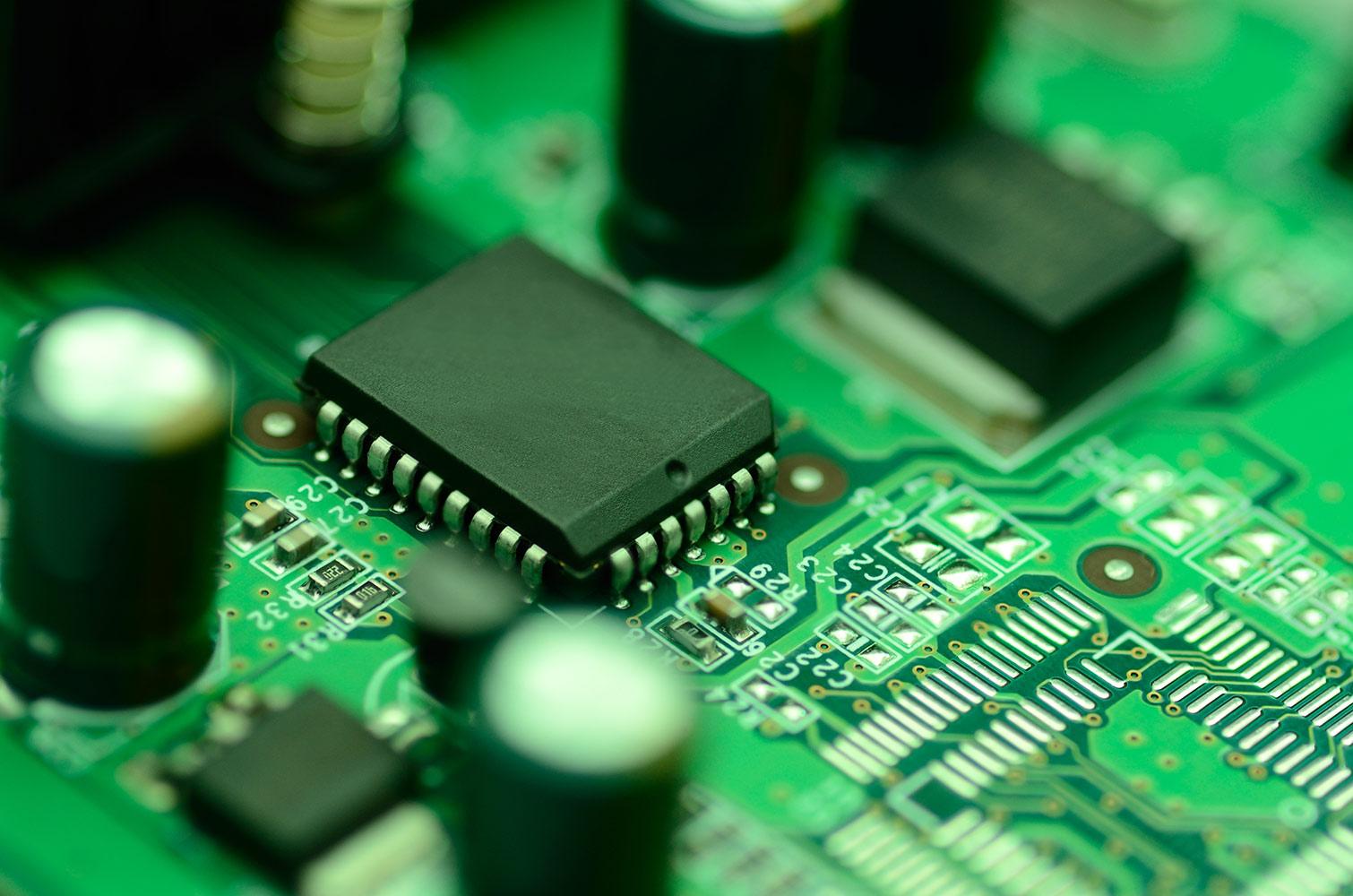
Physical and Chemical Changes
Recognizing changes and chemical reactions
How do you know if a change is physical or chemical?
Before we can understand whether particles are changing, we need to know more about the states of matter.
Mixtures
Pure substances-elements
Pure substances-compounds
Elements that exist as molecules.
ALL PHASE CHANGES are Physical Changes
So you have a chemical reaction (change), time to go to chemistry land!
Types of Chemical Reactions
We will look at types of chemical reactions from two different classification systems. The one you learned in high school is shown below. Your text uses this same classification system (synthesis, combustion, displacement, and double-displacement). We will first focus on double-replacement reactions as these encompass precipitation reactions and acid-base reactions. A second classification system is introduced in what may be a new type of chemical reaction for you and that is redox reactions. Oxidation and reduction reactions are exemplified by the reactions classified as synthesis (most), combustion (all), decomposition (most) and single-replacement (all). So, really, there are two types: those in which oxidation numbers change (redox) and those in which they do not (precipitation and acid/base reactions: both of which are double-replacement).
Predicting Single Replacement Reactions
Example: Mg (s) + AgNO3 (aq) ----> Ag (s) + Mg(NO3)2 (aq)
This happens because Mg is higher on the activity series (wants to lose electrons more) than Ag.
Precipitation Reactions
AB (aq) + CD (aq) ---> AD (aq) + BC (s)
Do all aqueous compounds "break apart" completely?
How do you know if a precipitate will form?
Practice
1. Determine whether each compound is in the correct column. Move any misplaced compounds to the correct column:
Soluble Insoluble
LiOH CaCl2
Na2CO3 Cu(OH)2
AgCl Ca(C2H3O2)2
K3PO4 SrSO4
CuI2 Hg2Br2
Pb(NO3)2 PbBr2
CoCO3 PbI2
2. Write a molecular equation for the precipitation reactions that occur (if any) when each pair of solutions is mixed. If no reaction occurs, write NO REACTION.
(a) potassium chloride and lead (II) acetate
(b) lithium sulfate and strontium chloride
(c) potassium bromide and calcium sulfide
(d) chromium (III) nitrate and potassium phosphate
3. Determine whether each equation for a precipitation reaction is correct. Correct any incorrect equations. If no reaction occurs, write NO REACTION.
(a) AgNO3 (aq) + NaCl (aq) --> NaCl (s) + AgNO3 (aq)
(b) K2SO4 (aq) + Co(NO3)2 (aq) --> CoSO4 (s) + 2KNO3 (aq)
(c) Cu(NO3)2 (aq) + (NH4)2S (aq) --> CuS (s) + 2NH4NO3 (aq)
(d) Hg2(NO3)2 (aq) + 2LiCl (aq) --> Hg2Cl2 (s) + 2LiNO3 (aq)
Net ionic equations-more language practice
Practice
1. http://www.wisc-online.com/Objects/ViewObject.aspx?ID=GCH2904
2. Mercury ions can be removed from solution by precipitation with sulfate ions. Write a complete molecular, complete ionic, and net ionic equation to show the reaction of aqueous mercury (II) nitrate with aqueous potassium sulfate to form solid mercury (II) sulfate and aqueous potassium nitrate.
3. Write complete ionic and net ionic equations for the reaction: CaCl2(aq) + Na2CO3(aq) -->
Acids and Bases-which is which?
Acid + Base reactions are also double replacement reactions
HCl (aq) + NaOH (aq) → NaCl(aq) + H2O
Practice
1. A beaker of nitric acid is neutralized with calcium hydroxide. Write a balanced molecular equation and a net ionic equation for this reaction.
2. A beaker of sulfuric acid is neutralized with potassium hydroxide. Write a balanced molecular equation and a net ionic equation for this reaction.
Extra Practice
a. Ammonium Sulfate and Barium Nitrate
b. Lead(II) Nitrate and sodium chloride
c. Sodium Phosphate and Potassium nitrate
d. Sodium bromide and rubidium chloride
e. Copper(II) chloride and Sodium Hydroxide
7. Write a balanced chemical equation for each of the following & determine the type of each reaction.
a. Al(OH)3 + H2SO4 →
b. C2H4 + O2 →
c. mercury(II) oxide → mercury + oxygen
d. potassium chloride + silver nitrate →
e. Ca + HCl → hydrogen + calcium chloride
f. C2H5OH + O2 →
g. hydrogen gas + Fe2O3 → iron + steam
h. carbon + oxygen → carbon monoxide
i. Al2(SO4)3 + Ca(OH)2 →




















